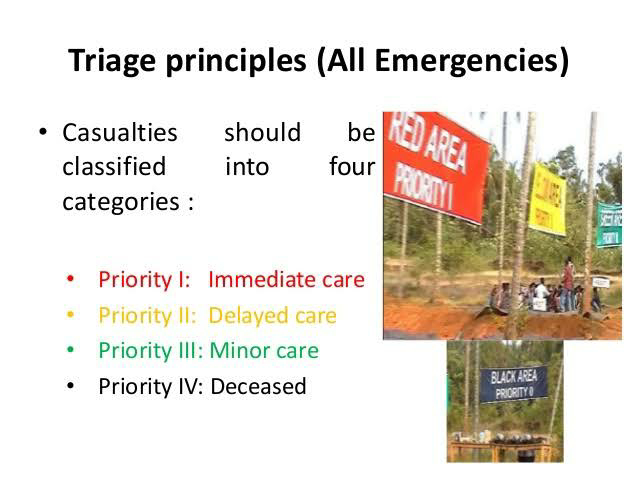Categories of Airports:-
All civil airports are placed within categories ranging from category 1,the lowest, to category 10,the highest. Categories are fundamentally determined by the size of the aircraft and scale of operations. The larger the aircraft and the greater the frequency of it's movements the higher the category of the aircraft correspondingly with the rise in airport category rescue and firefighting provision in increased.
Airports such as heath row and Manchester operate at the highest category, whilst South end and beginning hill are at a much lower level. Airport categories can Change, however as the scale of aircraft operation fluctuates. Brigades with airports on their ground should ensure they are familiar with the category of the airport the extent of operations and most importantly the scale of rescue and firefighting provision maintained. Maps of the airport and the immediate vicinity with topographical details such as emergency water supplies, hydrants, access roads and break in gates should be available to responding brigades. Crews should familiarize themselves with the airport and any particular problems such as water hazards, rail transit systems or fuel storage depots. Laision between Local Authority and Airport Fire Services.
Types of emergencies:-
Local Stand by:-
The agencies involved in the airport emergency plan shall be alerted to "local standby" status when an aircraft approaching the airport is known or is suspected to have developed some defect but the trouble is not such as would normally involve any serious difficulty in effecting a safe landing.
Action by Airport rescue and firefighting services:
Same as corresponding to an aircraft accident on the airport can be paralleled for "local standby" as required by local operating requirements.
Low visibility standby:-
Where an airport continues to operate under adverse weather conditions by the use of instrument landing systems, the airport rescue and firefighting services should be mobilized to their stand by positions or rendzevous points. This practice should be carried out where the suffice is visibility down to less than 1 km or when wind conditions are such that it would stop normal aircraft landings.
Full emergency:-
The agencies involved in the airport emergency plan shall be alerted to " Full emergency" Status when it is known that an aircraft approaching the airports is, or is suspected to be, in such trouble that there is a possibility of an accident.
Triage and medical care:-
•Triage principles and categories
"Triage" is the sorting and classification of casualties to determine the order of priority for treatment and transportation.
Casualties should be classified into four categories:
i) Priority 1 : immediate care.
ii) Priority 2: delayed care
iii) Priority 3: Minor care
iv) Priority 4: Deceased
•Casualty identification tags and their use.
Need for standardized tags. Casualty identification tags should be standardised through colour coding and symbols to make the tag as simple as possible. Tags help to expedite the treatment of made casualties in a triage situation and thus permit more rapid evacuation of the injured to medical facilities.
Tag design. Standardized tags should be designed to require only minimal information to be entered theron, be usable under adverse weather conditions, priority classification of casualties as follows:
Priority 1 or immediate care:
RED tag; Roman numerals 1,Rabbit Symbol.
Priority 2 or delayed care:
YELLOW Tag, Roman Numeral 2; Turtle symbol.
Priority 3 or minor care:
GREEN tag; Roman Numeral 3; Ambulance with X symbol,
Priority 4 or deceased:
BLACK Tag.





Comments